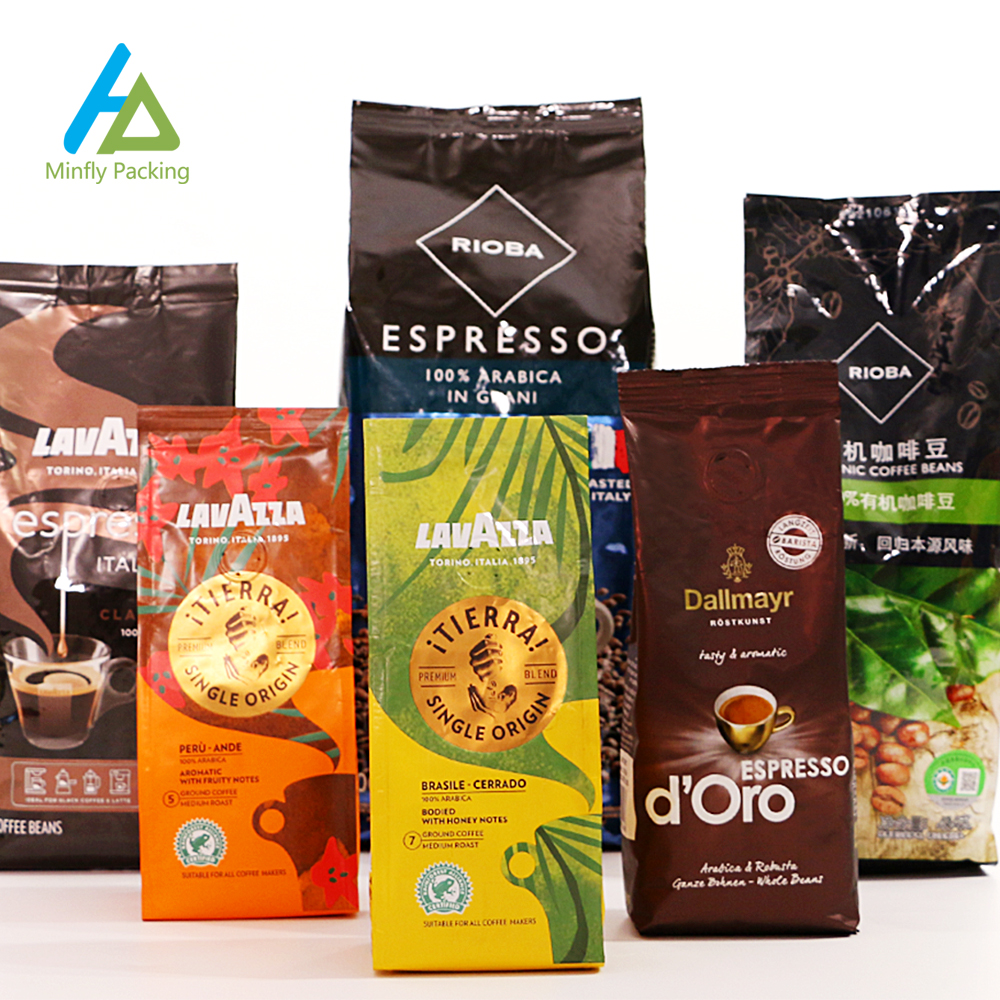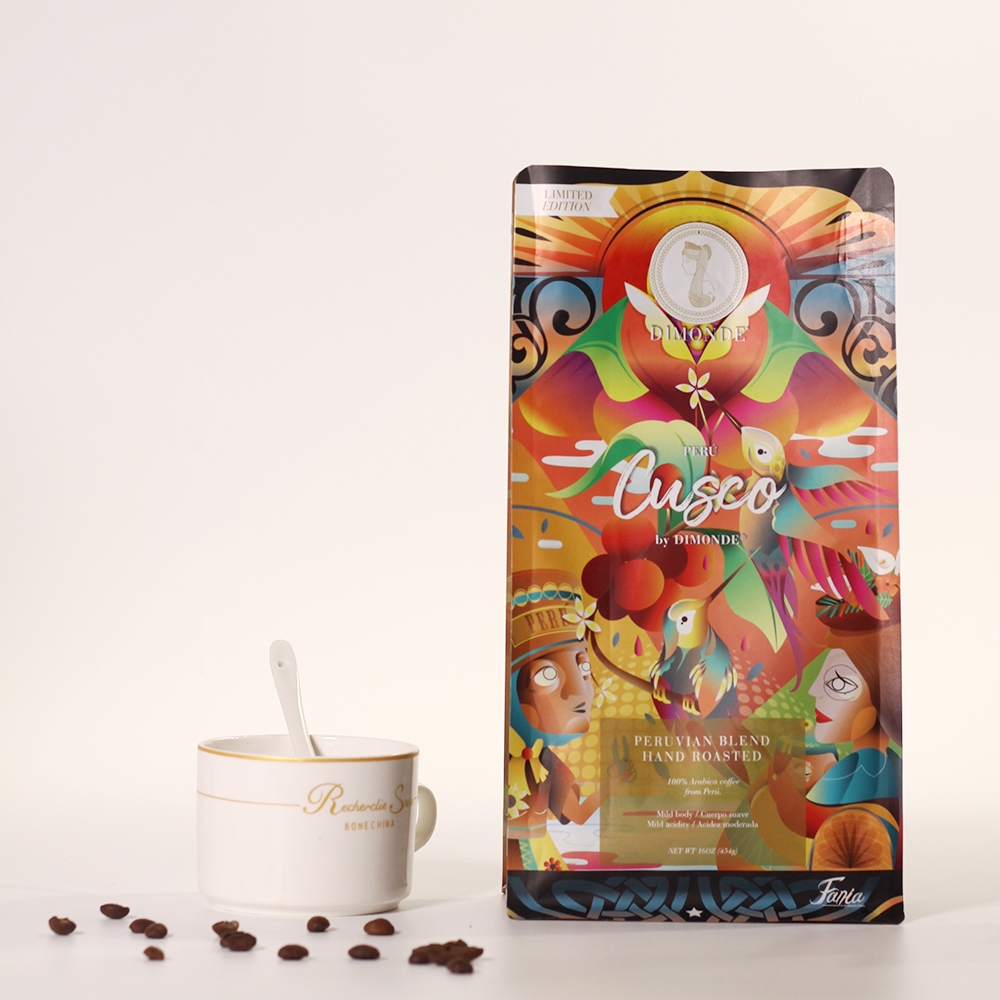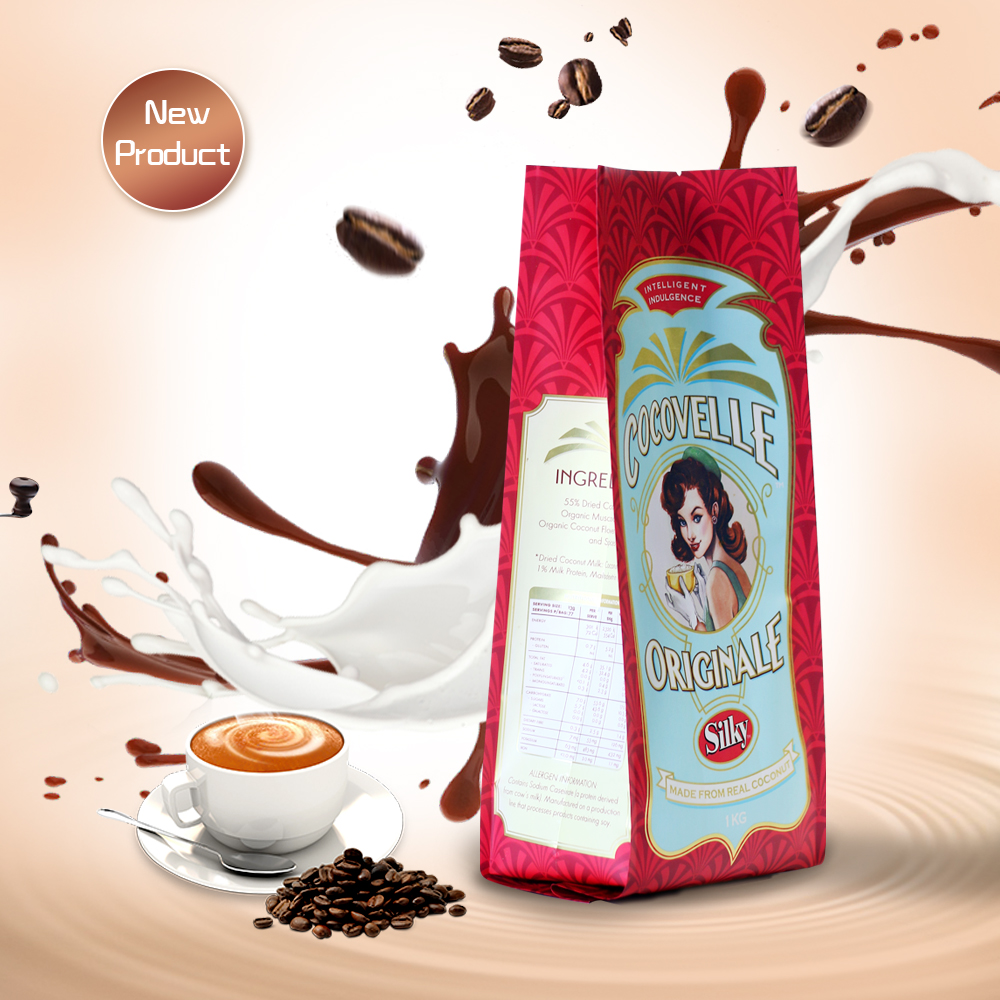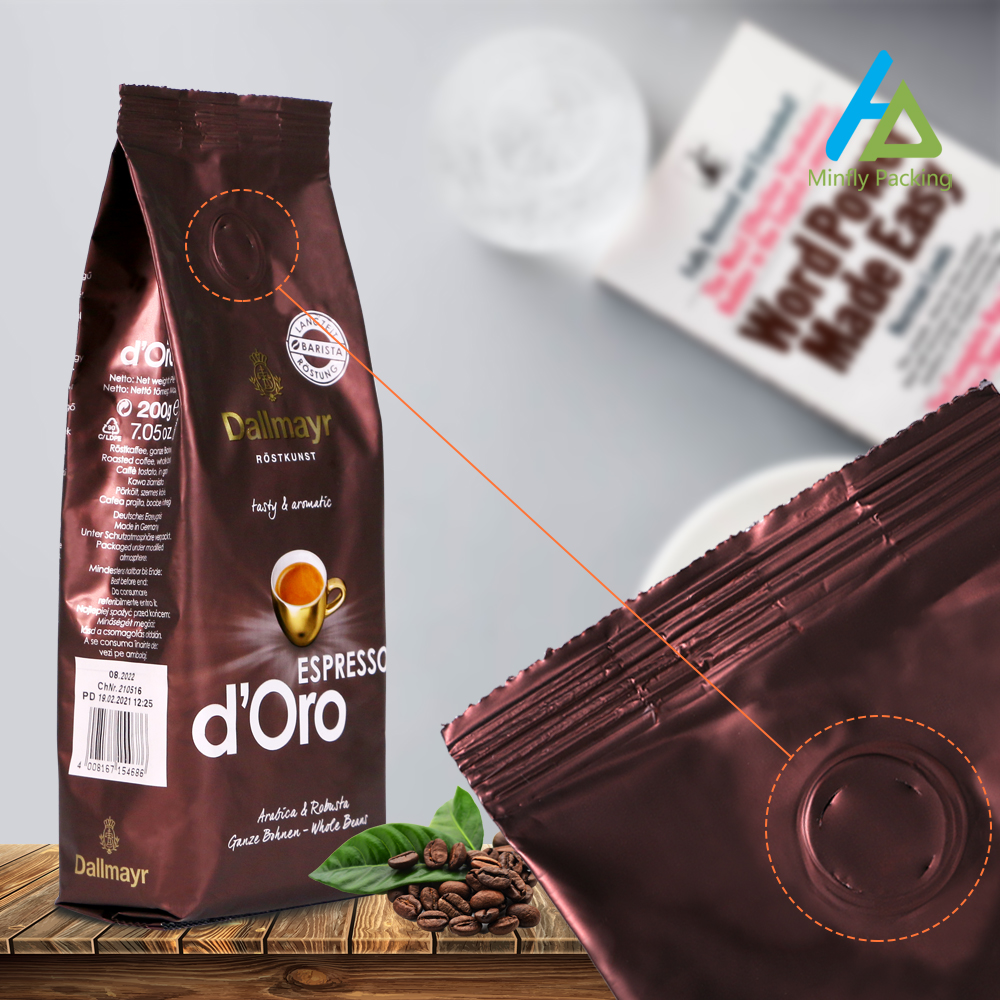The packaging of cooked coffee beans is mainly to prolong the flavor and quality of coffee beans. At present, our common fresh-keeping methods for coffee bean packaging are: uncompressed air packaging, vacuum packaging, inert gas packaging, and high-pressure packaging.
unpressurized air packaging
Pressure-free packaging is the most common packaging we have ever seen. To be precise, it should be called air packaging. The packaging bag is full of air. Of course, the bag or container is airtight.
This kind of packaging can simply isolate the effects of moisture, flavor loss and light on coffee beans, but due to long-term contact with the air in the bag or container, the coffee beans inside are seriously oxidized, resulting in a short tasting period. result.
This kind of coffee bean packaging is best to be packaged after the coffee beans are exhausted, otherwise the coffee beans will cause bulging or even burst after the coffee beans are exhausted in the bag. Now, a one-way exhaust valve is installed on the bag to ensure that the coffee beans will not burst through the bean bag due to exhaust.
vacuum packaging
There are two conditions for the production of vacuum packaging: 1. Vacuum the air. 2. A flexible and soft material.
Of course, this technology can also be applied to some hard materials, but it is usually common to use some soft materials to make it a hard product like a “brick”.
This packaging method will make the coffee and the packaging material closely fit together, but in this state, the coffee beans must be completely exhausted, otherwise the tightness of the entire packaging will be reduced due to the exhaust of the coffee beans themselves. It becomes soft and swollen. This is also why most of the “bricks” you see in supermarkets are ground coffee, not beans.
And such packaging is usually used on water-cooled coffee beans, which can only bring a shorter shelf life and a worse flavor. And if the container is packed with hard materials, after vacuuming, there is a pressure difference between the coffee beans themselves and the can. The release of gas from coffee beans will saturate the entire environment, thereby inhibiting the volatilization of aroma. In general, the vacuuming of hard materials is not as thorough as that of soft materials.
Inert gas packaging
Inert gas packaging means that inert gas replaces the air in the bag, and inert gas is added through vacuum compensation technology. In the earliest application, the container was evacuated after filling with coffee beans, and then inert gas was injected into it to balance the pressure difference in the tank.
The current technology is to fill the bottom of the bag with liquefied inert gas and squeeze the air out through the evaporation of the inert gas. This process is often done using nitrogen or carbon dioxide – although these are not considered noble gases.
Coffee beans packed through inert gas generally have a shelf life of 3 times longer than those that have been evacuated. Of course, the premise is that they have to use the same packaging material and have the same permeability of oxygen and water, and the pressure in the package will be saturated with the pressure after the coffee beans are exhausted after being sealed.
By adjusting the conditions of the inert gas it is possible to change and control the shelf life of the coffee beans and affect their flavor. Of course, similar to the air package, in order to prevent the pressure in the package from being too high, the coffee beans must be vented before being loaded, or a package with a single-phase vent valve is used.
From a legal point of view, the addition of an inert gas is a processing aid, not an additive, because it “escapes” as soon as the package is opened.
Pressurized packaging
Pressurized packaging is somewhat similar to adding an inert gas, except that pressurized packaging puts the pressure inside the coffee container above atmospheric pressure. If the coffee is to be packaged immediately after being roasted and air-cooled, the pressure inside the container will usually build up as the beans are vented.
This packaging technology is similar to vacuum compensation technology, but in order to withstand these pressures, some hard materials are used in material selection, and safety valves are also added to ensure safety.
Pressurized packaging can delay the “ripening” of coffee and improve the quality. Indeed, the aging of coffee can make coffee have better aroma and body performance, and aging can lock the aroma and oil of coffee beans in the cell structure.
When vented, the increase in pressure in the container reduces the pressure difference between the inside of the bean structure and the packaging environment. Due to pressurized storage, pressure also affects coffee beans, which can better allow the oil to form a “shield” on the surface of the cell wall to isolate air oxidation.
Due to the pressure difference between the inside and outside of the coffee beans, a part of the carbon dioxide will still be released when the coffee bean bag is opened. Since the process of oxidation of the coffee beans will be delayed after the pressurization, the pressurized packaging is compared with other packaging methods. It is said that it will prolong the flavor of the coffee beans even more.
Post time: Mar-21-2022






